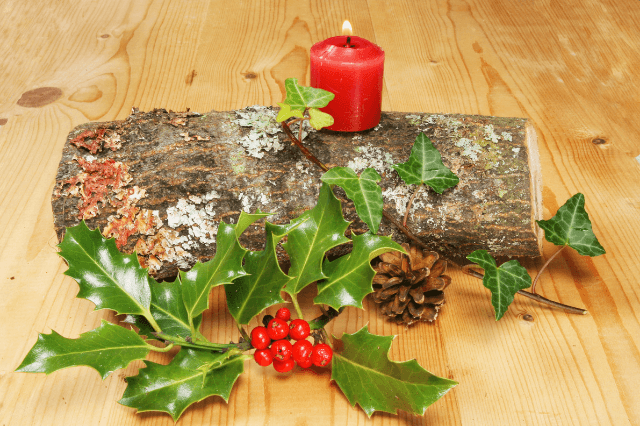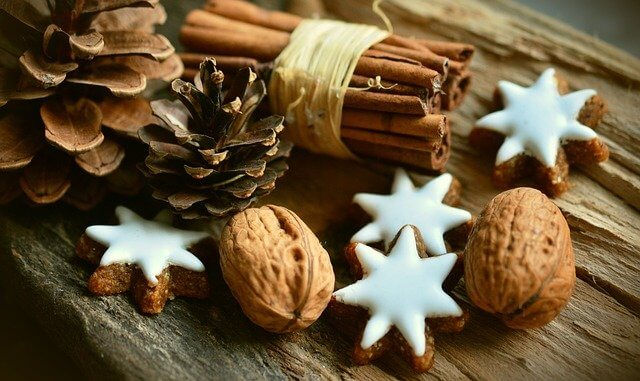
Help us help others
Today we take a break from our cultural series, in order to showcase an important date: Giving Hearts Day. To Donate, go to...
Feb 3, 2022


Spotlight on Culture
People that call this area Home: European cultures and the people that emigrated looking for a better life in a continent across the...
Jan 27, 2022


Spotlight on Culture
People that call this area Home: European cultures and the people that emigrated looking for a better life in a continent across the...
Jan 20, 2022


Spotlight on Culture
People that call this area Home: European cultures and the people that emigrated looking for a better life in a continent across the...
Jan 13, 2022


Spotlight on Culture
People that call this area Home: European cultures and the people that emigrated looking for a better life in a continent across the...
Jan 6, 2022













































John Dutton Yellowstone Green Quilted Vest: A Rugged Classic
The John Dutton green quilted vest from Yellowstone is a perfect embodiment of Western style and practicality. This vest features a durable quilted design and a timeless green color that complements any outdoor look. Designed for comfort and functionality, it’s lightweight yet provides warmth, making it ideal for layering during cooler weather. Whether you’re on a rugged adventure or want to channel a rustic aesthetic, this vest is versatile and stylish. Inspired by John Dutton’s iconic wardrobe, it captures the essence of Yellowstone’s Western charm with understated elegance. Shop Now: John Dutton cowboy vest
Represent in Style with Boston Celtics Jackets
Boston Celtics jackets are more than just sportswear—they’re a statement of loyalty to one of the NBA’s most iconic teams. These jackets feature bold graphics and the team’s signature green, black, and white colors, making them a standout choice for any fan. Designed for both function and fashion, they provide comfort in all seasons, whether you’re at the game or on the go. From trendy bomber styles to classic varsity designs, Celtics jackets blend athletic heritage with modern flair, offering fans a stylish way to show their team spirit. SHop Now: Stylish Boston Celtics jacket
John Dutton Yellowstone Green Quilted Vest: A Rugged Classic
The Quilted vest for women from Yellowstone is a perfect embodiment of Western style and practicality. This vest features a durable quilted design and a timeless green color that complements any outdoor look. Designed for comfort and functionality, it’s lightweight yet provides warmth, making it ideal for layering during cooler weather. Whether you’re on a rugged adventure or want to channel a rustic aesthetic, this vest is versatile and stylish. Inspired by John Dutton’s iconic wardrobe, it captures the essence of Yellowstone’s Western charm with understated elegance.
Represent in Style with Boston Celtics Jackets
Official Boston Celtics jacket are more than just sportswear—they’re a statement of loyalty to one of the NBA’s most iconic teams. These jackets feature bold graphics and the team’s signature green, black, and white colors, making them a standout choice for any fan. Designed for both function and fashion, they provide comfort in all seasons, whether you’re at the game or on the go. From trendy bomber styles to classic varsity designs, Celtics jackets blend athletic heritage with modern flair, offering fans a stylish way to show their team spirit.
What a fantastic resource! I had no idea that this topic could help boost certain qualities of mine. I can't wait to explore some more information on this topic. We are into Tourmaline Jewelry and want your suggestions, if any, regarding this. Your small information and feedback will help us a lot.